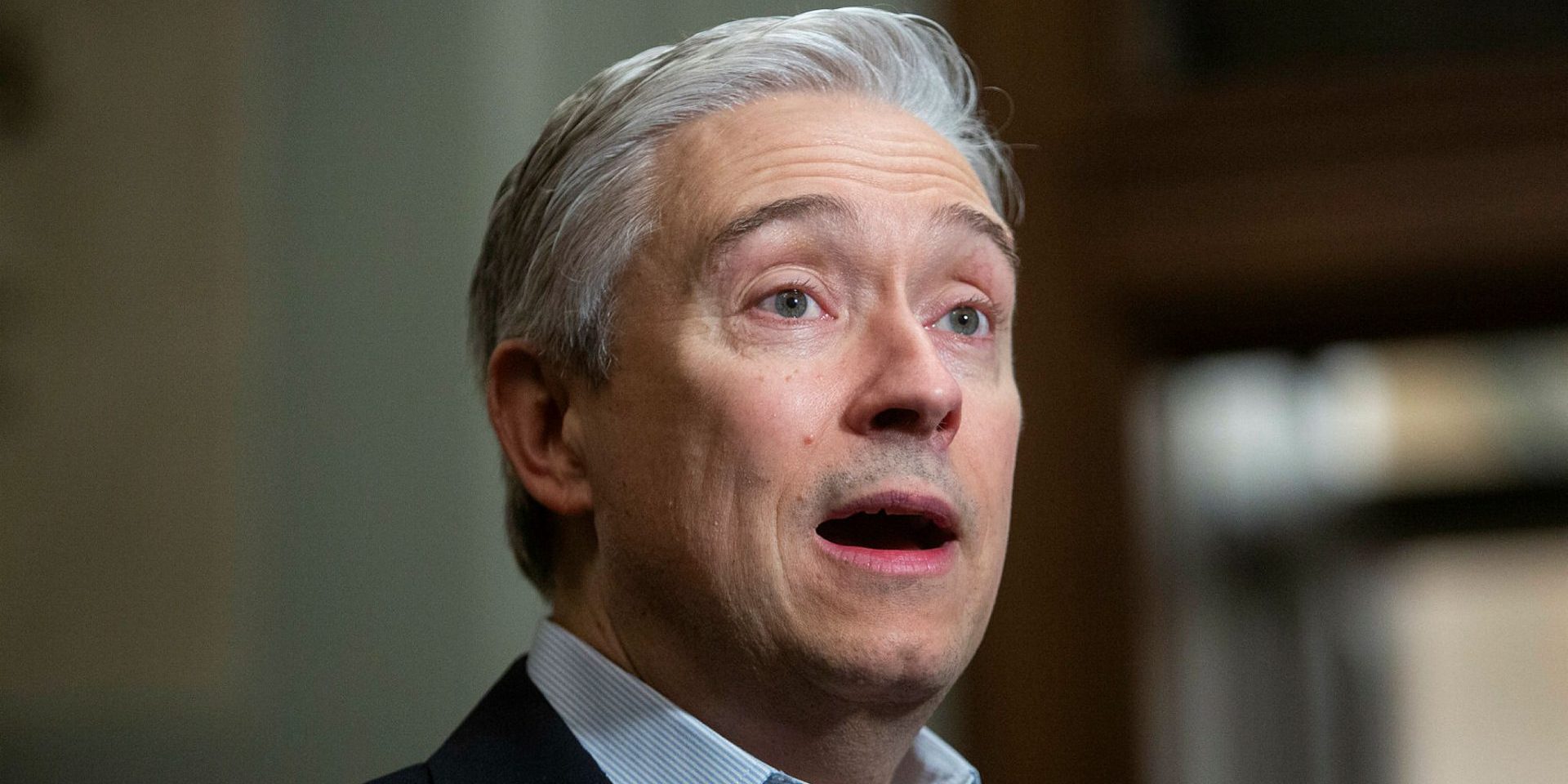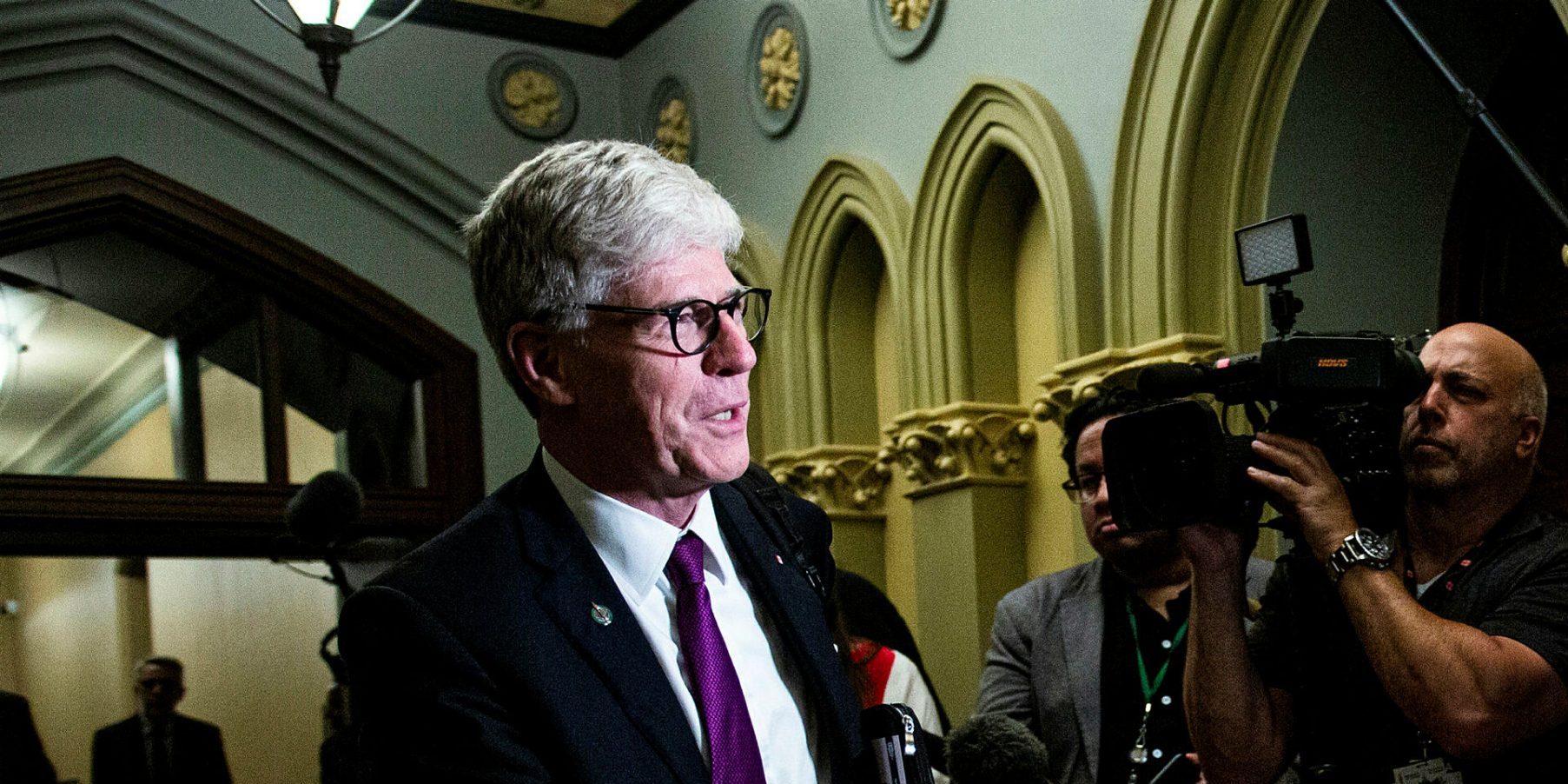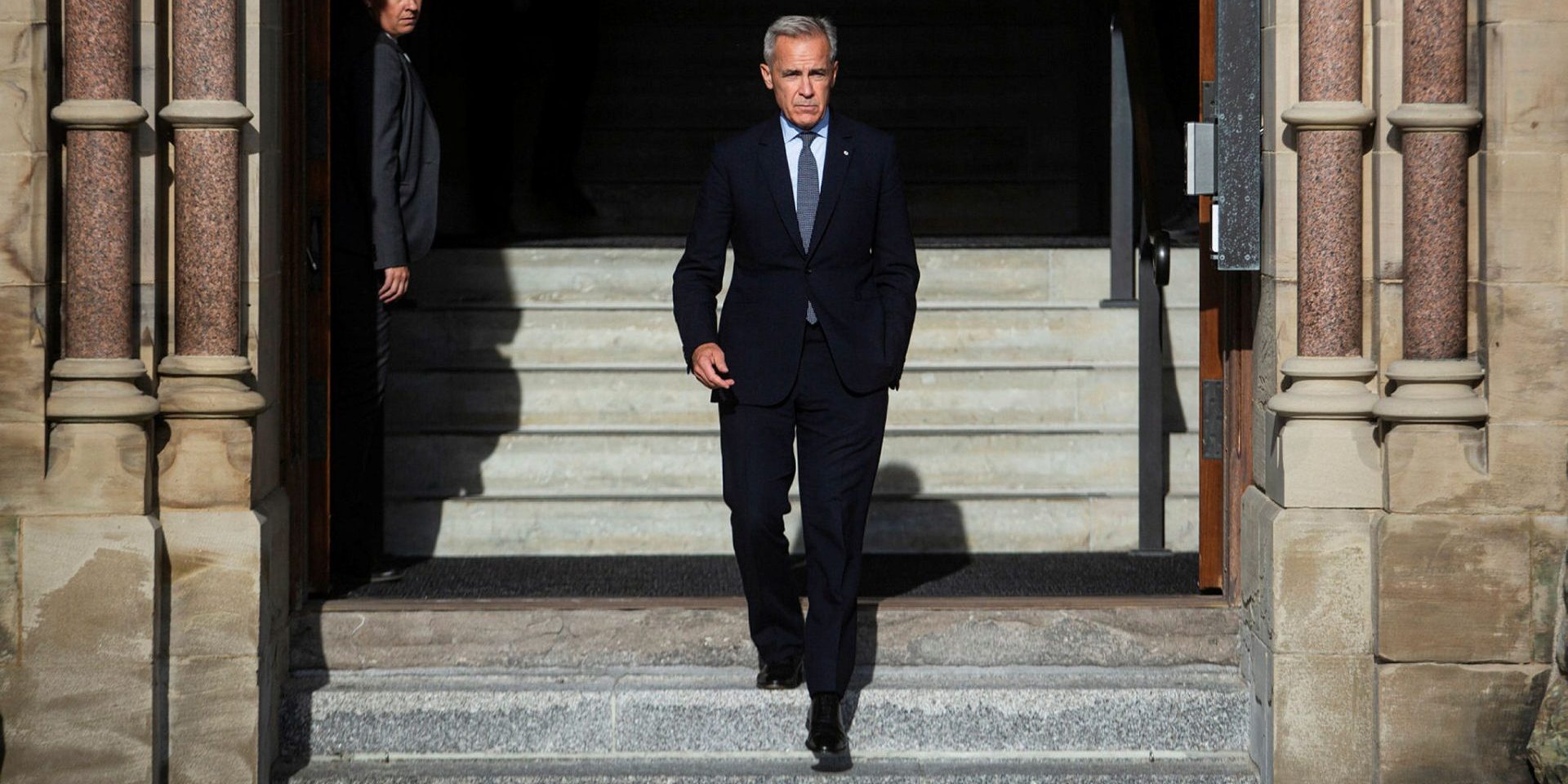Champagne should give a state-of-the-economy update when the House gets back

TORONTO—We now have the new Mark Carney cabinet. Next, we need to see their mandate letters, the directives from the prime minister explaining what he expects each of his ministers to accomplish. These mandate letters are the closest we have to a job description for each minister as well as their performance targets. But they are important, as well, in identifying the government’s work plans over the next several years.
Carney ran on a “build, baby, build” promise—or “Canada Strong”—pledging to build everything from affordable housing to ambitious infrastructure and clean-energy projects, to pursuing new markets for exports and transition to a more diversified and resilient economy that would become, in his words, the strongest economy in the G7.
Much will depend on how Carney governs. His predecessor, Justin Trudeau, relied on a controlling Prime Minister’s Office preoccupied with keeping Liberal MPs on message and with a politically expedient short-run mindset while Trudeau himself stayed aloof from much of the detail of government and resisted working collegially with his ministers. Stephen Harper was not much different, though better focused on the detailed content of his job. His office was, like Trudeau’s, a bottleneck since ministers were kept on a tight leash.
Jean Chrétien was much different and gave more leeway for ministers to do their jobs. At his first press conference, after becoming prime minister, when journalists asked for his views on a proposed merger between Canadian Pacific Airlines and Pacific Western Airlines, he replied, “ask the minster of transport. That’s his job.” He was there to help ministers, if they wanted advice, he said, but it was up to them to do their jobs.
We have yet to see whether Carney will run a tightly controlled office or give ministers the space to make decisions and show what they can do. History would seem to show that Chrétien’s approach yields better government than the Harper-Trudeau approach. Ministers not delivering can be replaced.
In the meantime, the May 27 throne speech should set out the government’s priorities, plans, and objectives. But it needs to be honest and open about the challenges we face and the weaknesses we must overcome, and set out how its policies would lead to a better future. The “how” part is too often left out of government promises, leaving us with just aspirations.
There will, however, be no new budget this year—instead, a fiscal framework statement in the fall. That’s understandable even if not desirable. But the current economic environment is unstable, and minsters have to figure out the fiscal implications of their mandates and the Liberal platform, as well as commitments on national interest projects resulting from consultations with the provinces. There is no reason, however, why Finance Minister François-Philippe Champagne cannot give the House a state-of-the-economy statement.
To be sure, there will be what the government calls a middle-class tax cut, reducing the bottom taxable income marginal rate to 14 per cent from 15 per cent. However, it is unfortunate that an increased benefit for the working poor, the Canada Workers Benefit, was not included. This goes to workers who don’t earn enough to pay income taxes.
The immediate time horizon includes, as well, a critical summit between Carney and his provincial counterparts on co-operative projects going forward and how this progresses is critical. Provinces are already compiling their shopping lists to extract more from Ottawa.
But since much of the immediate planning is based on accelerated construction of projects of national priority there will need to be agreement on some basic principles. One of these should be that projects, if in the private sector, should be commercially viable with strong private-sector funding. If in the public sector, the economic justification should be there.
There is much talk of more pipelines. But who will pay for them? It’s estimated the Energy East pipeline project could cost up to $50-billion, making it an uneconomic project. The same is true in building LNG export capacity, using Alberta gas, in Atlantic Coast projects. Proponents of the so-called Ring of Fire mining region in northern Ontario—another project seeking government subsidies—has yet to demonstrate economic feasibility.
But there is a case for new investment in electricity, in ports and airports, and urban infrastructure, as well as affordable housing, including social housing. There’s also the call for major investments in the digital economy, including AI and quantum computing data centres that are also Canadian-owned, the development of supercomputing capacity for AI and AI-related research in medicine and other fields, in Canadian-owned cloud computing and domestic 5G communications networks. These are all areas where we can actively pursue home-grown content and help scale up Canadian companies.
At the core of our overarching challenge is this country’s poor innovation-driven productivity—and what will it take to do much better. Building the infrastructure of the future would help. Statistics Canada reports that “since the early 1980s, over 90 per cent of the increase in Canada’s real GDP per capita has reflected improvements in labour productivity.“ But in recent years our productivity level has actually been declining, which is why today we are worse off and more divided.
A country that falls behind in productivity becomes a zero-sum economy where one person’s gain must be matched by someone else’s loss. The consequence is a society fixated on division and envy, with poor prospects for better incomes and weak governments lacking the needed growth in tax revenues to sustain a high quality of public goods.
This is the fundamental challenge facing Carney and his government, and must be addressed even at the same time as dealing with an unreliable and unfriendly United States that wants us to suffer—and under these circumstances still find a way the two countries can negotiate a more stable long-term relationship.
It’s unlikely that Carney and his new cabinet will have much time for summer holidays if they are to deliver a more resilient and more productive and innovative economy for a better future. But if they get off to a productive start, there will be time next year.
David Crane can be reached at crane@interlog.com.
The Hill Times






 LICENSING
LICENSING PODCAST
PODCAST ALERTS
ALERTS


